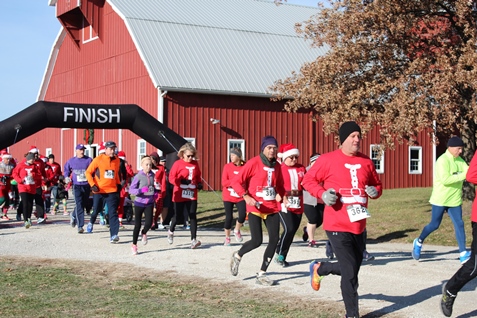by Andy Marso, KHI News Service
Many Kansas health care providers will see a lower cost next year for participating in a state fund that backs them up if a malpractice claim exceeds their primary insurance.
All Kansas health care providers are required to participate in the Health Care Stabilization Fund, which is paid for through a surcharge on their primary liability insurance.
Russ Sutter, an actuary with the firm Willis Towers Watson, told an oversight committee Wednesday that the fund’s board of governors had approved a reduction after claims and related legal fees came in below expectations in the fiscal year that ended June 30.
“We advised the board to consider a modest decrease in its rates,” Sutter said.
The fund’s board of governors ultimately decided on a 2.7 percent overall reduction that will begin Jan. 1, 2017, and be centered mostly on physicians, surgeons, chiropractors, registered nurse anesthetists and podiatrists who have been in the fund five years or more.
Members of those groups, which include thousands of the fund’s 14,085 total members, will see 7 percent surcharge reductions.
The amount of the 7 percent reductions in raw dollars will vary based on each provider’s premium for primary liability coverage.
Jerry Slaughter, executive director of the Kansas Medical Society, which represents doctors, said most of the state’s physicians probably would save a few hundred dollars next year.
“It’s not a huge amount, but it’s something,” Slaughter said.
Spread over an entire patient load, any savings to each health care consumer would be negligible, he said.
The only providers with more than five years in the fund who will have to pay a higher surcharge are 347 who cannot find primary liability coverage in the private market and therefore purchase it through the Kansas Health Care Provider Insurance Availability Plan.
The presentation Sutter gave Wednesday at the Statehouse to the Health Care Stabilization Fund Oversight Committee estimated that the fund could cut surcharges and still maintain its current $48 million reserves despite a slight reduction in the projected rate of investment return next year.
That’s because the trend in recent years has been for the fund to pay out fewer claims and pay less, on average, for each claim than expected.
However, Sutter said there are variables to watch closely during the year, including the number and severity of claims incurred by physicians assistants, nurse midwives, assisted living facilities and nursing homes, which are more difficult to predict because those providers only joined the fund in 2015.
Until a year ago, four nursing facilities had resisted participating in the fund. But Chip Wheelen, the fund’s executive director, said they’re all in now. The fund itself is in its 40th year.
Wheelen called it a “a truly successful public-private partnership” that has served its purpose of making Kansas a good place to provide health care and sell insurance by diffusing the costs of malpractice claims.
“It has achieved its legislative intent for the long haul,” Wheelen said.
But he added that’s only possible because the Legislature has left the money in the fund to its intended purpose.
For the third year in a row, Wheelen urged legislators not to repurpose the funds to patch budget holes — as they have done in the past with other state fee funds.
This year Slaughter joined him.
“This is money that’s been paid by the health care community, set aside in trust to make sure that their patients are covered in the event that there’s a claim in the future,” Slaughter said. “We really feel strongly that the Legislature — and they’ve done this, they’ve honored that commitment, they’ve not touched those funds — we would encourage them to do the same thing (this year) even though things are a bit rough right now from a fiscal standpoint.”
The state general fund faces a $350 million deficit for the fiscal year that ends in June 2017 and a $600 million deficit for the following fiscal year.
The oversight committee, which is made up of a mix of legislators and health care experts, included language in its annual report to the Legislature saying that the Health Care Stabilization Fund should remain off-limits for balancing the budget.
“We need to leave this fund alone,” said Sen. Vicki Schmidt, a Republican from Topeka who sits on the committee. “It needs to remain with the purpose that it was intended for.”
The nonprofit KHI News Service is an editorially independent initiative of the Kansas Health Institute and a partner in the Heartland Health Monitor reporting collaboration. All stories and photos may be republished at no cost with proper attribution and a link back to KHI.org when a story is reposted online.
– See more at http://www.khi.org/news/article/state-medical-malpractice-fund-to-reduce-surcharge

